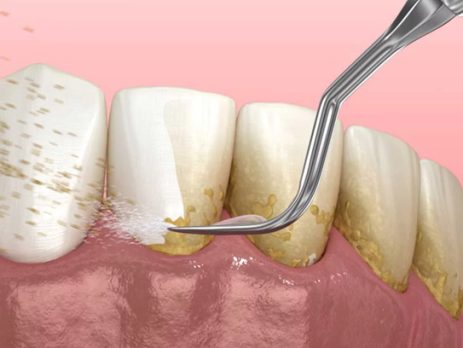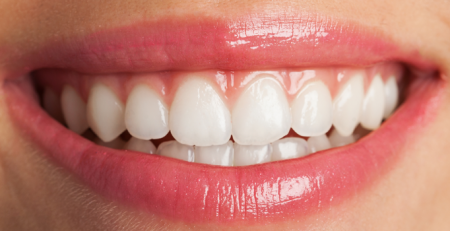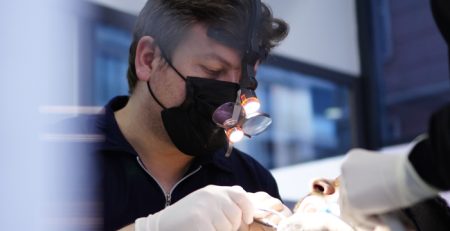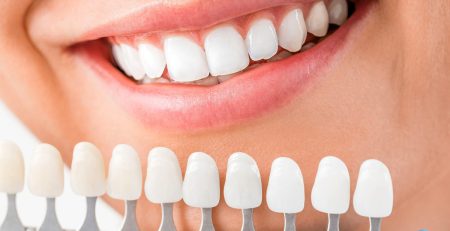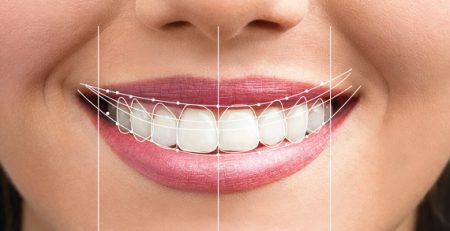What is Dental Calculus (Tartar), How Does It Form, and How Is It Cleaned?
What is Dental Calculus (Tartar), How Does It Form, and How Is It Cleaned?
Dental calculus, commonly known as tartar, is a hardened structure formed by the mineralization of plaque that accumulates on the tooth surface. Bacteria, food debris, and saliva minerals in the mouth harden the plaque over time, turning it into tartar. Besides being an aesthetic problem, tartar is one of the main causes of gum disease and bad breath (halitosis). It is particularly common on the front surfaces of the teeth and along the gumline.
Types of Dental Calculus
Dental calculus generally appears in two main types:
Supragingival Calculus: Forms above the gumline and is typically yellow or brown in color. Because it is visible, it can be detected and cleaned early.
Subgingival Calculus: Forms below the gumline and often leads to gum inflammation (gingivitis). This type of tartar is not visible to the naked eye and requires professional cleaning.
How Does Dental Calculus Form?
The formation of dental calculus occurs naturally when oral hygiene is neglected. The soft plaque formed by food particles and bacteria hardens into tartar if not cleaned regularly. Calcium and phosphate minerals in saliva accelerate the hardening of plaque. Other factors that trigger tartar formation include smoking, irregular tooth brushing, and neglecting to floss.
Symptoms of Dental Calculus
Tartar may not be noticeable initially. Over time, the following symptoms appear:
Yellow or brown stains on the teeth
Redness, swelling, or bleeding of the gums
Bad breath and a persistent bad taste in the mouth
A feeling of tightness between teeth and gum recession
A rough texture on the tooth surface
When these symptoms are noticed, consulting a dentist without delay is crucial for maintaining oral health.
Habits to Prevent Dental Calculus Formation
To prevent tartar buildup, it is essential to maintain good oral hygiene. Some preventive measures include:
Brushing your teeth at least twice a day
Using dental floss or an interdental brush
Limiting sugary and acidic foods
Drinking plenty of water to increase saliva production
Attending regular dental check-ups and professional cleanings
Dental Calculus Removal (Professional Scaling)
Once tartar has formed, it is impossible to remove it at home. Dental calculus removal, or scaling, is performed by dentists using special ultrasonic devices and hand instruments. After the cleaning, the teeth are polished. This process smooths the tooth surface, making it more difficult for plaque to accumulate.
Post-Cleaning Care
After a professional dental cleaning, it is vital to pay extra attention to oral hygiene. Regular brushing, flossing, and using mouthwash will delay the re-formation of tartar. Additionally, dental check-ups and professional cleanings every six months help maintain optimal oral health.
Dental Calculus and General Health
Dental calculus does not only affect oral health; it has been scientifically shown to be linked to heart disease, diabetes, and certain respiratory conditions. Regular tartar removal and good oral hygiene are therefore also important for protecting your overall health.
Frequently Asked Questions
Is tartar removal painful?
Dental calculus removal is generally painless, but slight discomfort may be felt in individuals with sensitive teeth.
Does tartar form again?
Yes, tartar can re-form if oral hygiene is not maintained. Regular brushing and check-ups play a preventive role.
Is it possible to remove tartar at home?
It is not safe to remove tartar at home. Professional cleaning is necessary.
When detected early, dental calculus does not lead to serious problems. However, if neglected, it can cause gum disease, chronic bad breath, and even tooth loss. Regular dental check-ups, proper oral hygiene, and professional cleanings are critical for a healthy smile.

